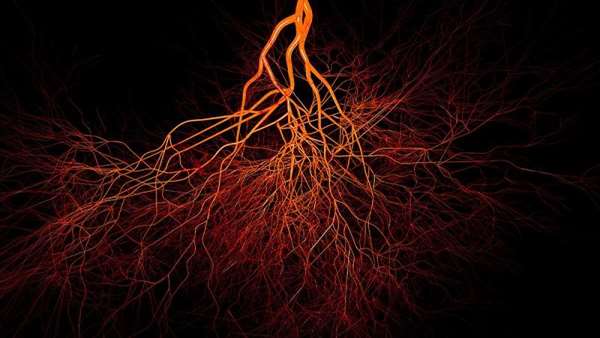We’ve discovered a new type of blood vessel in our bones
It’s time to rewrite the anatomy books: a new kind of blood vessel has been discovered in our bones.
It’s time to rewrite the anatomy books: a new kind of blood vessel has been discovered in our bones.
These previously unknown vessels cross from the bones’ surface to their internal cavity and may shed light on bone diseases, such as osteoporosis, and conditions involving the immune system.
“It’s totally crazy there are still things to find out about human anatomy – we have discovered blood vessels in a new place that we didn’t know about before,” says Matthias Gunzer of University Duisburg-Essen in Germany.
Human anatomy is not usually seen as an ongoing area of major discoveries, but even today new tissues or organs occasionally come to light.
Gunzer’s team made their finding by using chemicals on a mouse bone to make it transparent. They could then see tiny red blood vessels crossing the bone shaft.
In the animal’s lower leg bone – the size of a match-stick – they saw about a thousand of these capillaries, which they dubbed trans-cortical vessels. Beforehand, we knew of just a few blood vessels entering the bone either at its ends or half-way along. The newly found capillaries cover the whole bone, making up most of its blood supply.
People also have similar trans-cortical vessels, as the team spotted them in small pieces of human thigh bone too. There are other kinds of blood vessels feeding human bones, so trans-cortical vessels may make up less of their total circulation – but no one has yet counted them in a whole human bone.
Marrow inside bones is where immune cells are made, and in mice the trans-cortical vessels have turned out to be a key route for immune cells to exit – the same might go for people, says Gunzer.
Last year another group found mice have similar capillaries between brain tissue and bone marrow inside the plates that make up their skull . When mice were made to have a stroke or meningitis, immune cells from their skull used this route to reach the brain, presumably responding to the damage. But it’s unknown if people also have these blood vessels in their skull.
References:https://www.nature.com/articles/s42255-018-0016-5





ارسال به دوستان